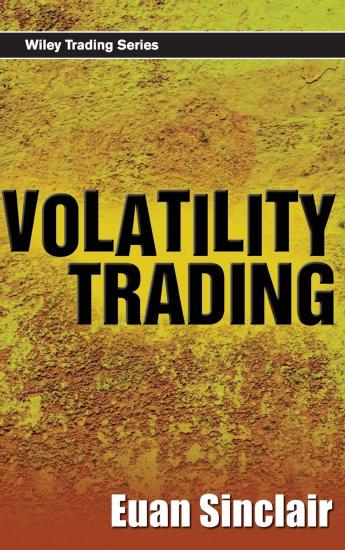
Rating: ****
Tags: Business, Economics, Finance, General, Lang:en
Publisher: Wiley
Added: August 26, 2020
Modified: November 5, 2021
Summary
In
Volatility Trading , Sinclair offers you a
quantitative model for measuring volatility in order to gain
an edge in your everyday option trading endeavors. With an
accessible, straightforward approach. He guides traders
through the basics of option pricing, volatility measurement,
hedging, money management, and trade evaluation. In addition,
Sinclair explains the often-overlooked psychological aspects
of trading, revealing both how behavioral psychology can
create market conditions traders can take advantage of-and
how it can lead them astray. Psychological biases, he
asserts, are probably the drivers behind most sources of edge
available to a volatility trader.
Your goal, Sinclair explains, must be clearly defined and
easily expressed-if you cannot explain it in one sentence,
you probably aren't completely clear about what it is. The
same applies to your statistical edge. If you do not know
exactly what your edge is, you shouldn't trade. He shows how,
in addition to the numerical evaluation of a potential trade,
you should be able to identify and evaluate the reason why
implied volatility is priced where it is, that is, why an
edge exists. This means it is also necessary to be on top of
recent news stories, sector trends, and behavioral
psychology. Finally, Sinclair underscores why trades need to
be sized correctly, which means that each trade is evaluated
according to its projected return and risk in the overall
context of your goals. As the author concludes, while we also need to pay
attention to seemingly mundane things like having good
execution software, a comfortable office, and getting enough
sleep, it is knowledge that is the ultimate source of edge.
So, all else being equal, the trader with the greater
knowledge will be the more successful. **